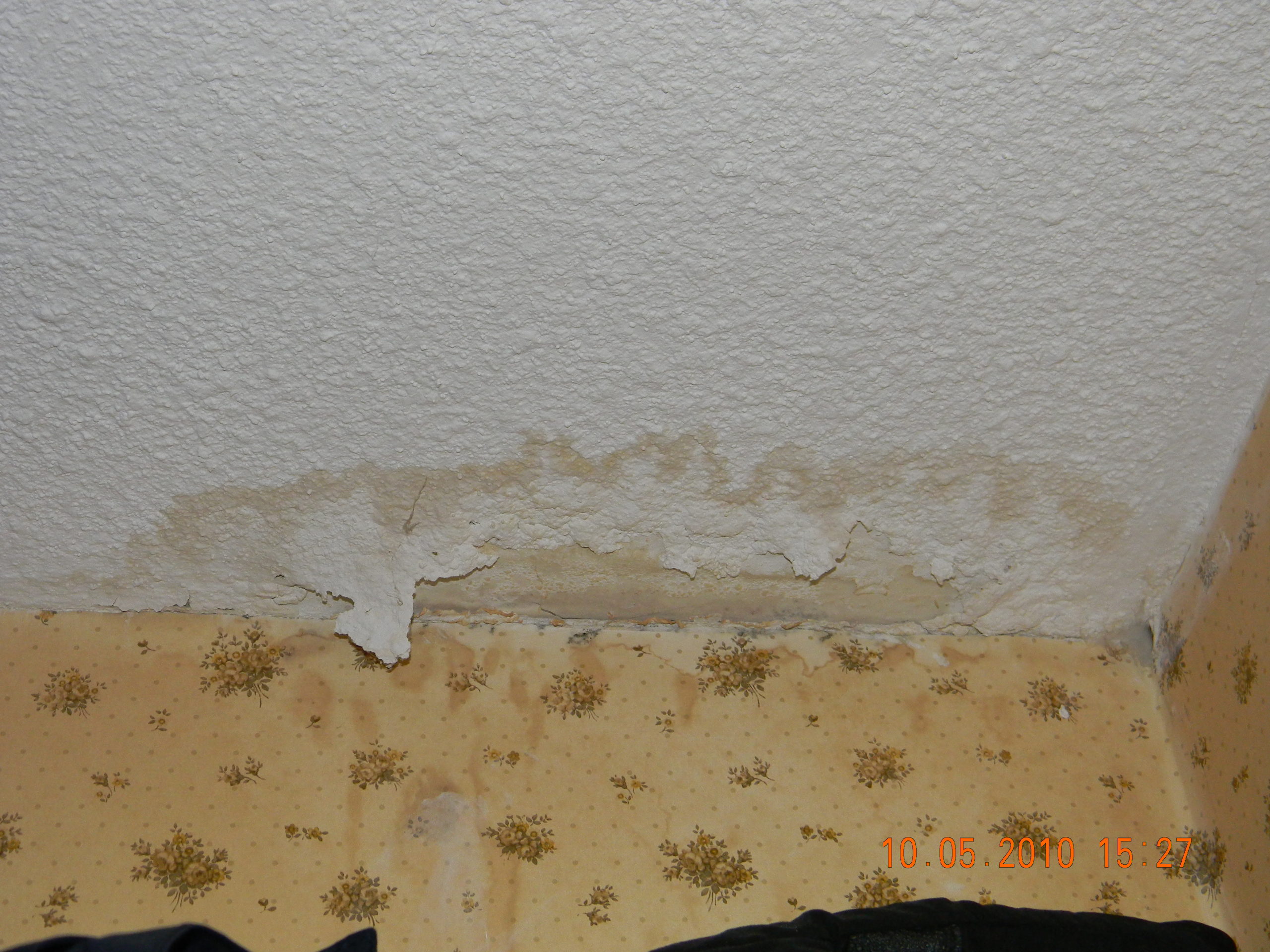Do's & Don'ts of Water Restoration.
Do's & Don'ts of Water Restoration.
Blog Article
This great article following next on the subject of Simple Solutions To Preventing Fire And Water Damage To Your Home is exceedingly entertaining. Read it for yourself and decide what you think about it.

Water provides life, however water intrusion on some parts where it's not supposed to be can result in damage and inconvenience. In addition, residences with water damages scent mildewy and old.
Water can come from many sources like typhoons, floodings, ruptured pipes, leaks, and sewer concerns. If you have water damages, it's better to have a working expertise of safety and security preventative measures. Here are a couple of guidelines on how to manage water damages.
Do Prioritize Home Insurance Insurance Coverage
Seasonal water damage can come from floodings, seasonal rains, and also wind. There is also an occurrence of a sudden flood, whether it originated from a damaged pipe that suddenly breaks right into your residence. To protect your residence, obtain house insurance policy that covers both acts of God such as natural catastrophes, and emergencies like broken plumbing.
Don't Fail To Remember to Turn Off Energies
When catastrophe strikes as well as you're in a flood-prone area, switch off the major electrical circuit. Shutting off the power avoids
electrical shocks when water can be found in as water works as a conductor. Do not forget to switch off the main water line valve as a means to prevent even more damages.
If the floodwaters are obtaining high, keep your furniture secure as they can walk around and trigger added damage.
Do Stay Proactive and also Heed Climate Notifies
If you live in a location tormented by floodings, remain prepared and proactive at all times. Pay attention to the information and also emptying warnings if you live near a body of water like a creek, river, or lake.
Do Not Ignore the Roof
Your contractor needs to take care of the malfunctioning rain gutters or any various other signs of damages or weakening. An examination will avoid water from streaming down your walls and also soaking your ceiling.
Do Take Note Of Little Leakages
A ruptured pipeline doesn't take place in a vacuum or over night. There are warnings that can attract your attention and show to you some damaged pipes in your home. Indicators of warnings in your pipes include bubbling paint, peeling off wallpaper, water touches, water stains, or leaking sounds behind the wall surfaces. There are indicators that the pipe will rupture. If you see these signs, don't wait on a rise. Repair service as well as evaluate your plumbing fixed prior to it results in enormous damages to your residence, funds, and a personal headache.
Do Not Panic in Case of a Ruptured Pipeline
Timing is key when it comes to water damages. If a pipe ruptureds in your home, right away closed off your primary water shutoff to cut off the resource and stop more damages. Call a reliable water damages restoration expert for assistance.
Water gives life, yet water invasion on some components where it's not expected to be can result in damage as well as aggravation. In addition, residences with water damage odor old and musty.
Seasonal water damages can come from floods, seasonal rainfalls, and wind. Indications of red flags in your pipelines include gurgling paint, peeling off wallpaper, water streaks, water spots, or trickling sounds behind the walls. If a pipeline ruptureds in your home, quickly shut off your primary water shutoff to reduce off the resource and also avoid more damages.
Some Do's & Don't When Dealing with a Water Damage
DO:
Make sure the water source has been eliminated. Contact a plumber if needed. Turn off circuit breakers supplying electricity to wet areas and unplug any electronics that are on wet carpet or surfaces Remove small furniture items Remove as much excess water as possible by mopping or blotting; Use WHITE towels to blot wet carpeting Wipe water from wooden furniture after removing anything on it Remove and prop up wet upholstery cushions for even drying (check for any bleeding) Pin up curtains or furniture skirts if needed Place aluminum foil, saucers or wood blocks between furniture legs and wet carpet Turn on air conditioning for maximum drying in winter and open windows in the summer Open any drawers and cabinets affected for complete drying but do not force them open Remove any valuable art objects or paintings to a safe, dry place Open any suitcases or luggage that may have been affected to dry, preferably in sunlight Hang any fur or leather goods to dry at room temperature Punch small holes in sagging ceilings to relieve trapped water (don't forget to place pans beneath!); however, if the ceiling is sagging extremely low, stay out of the room and we'll take care of it DO NOT:
Leave wet fabrics in place; dry them as soon as possible Leave books, magazines or any other colored items on wet carpets or floor Use your household vacuum to remove water Use TV's or other electronics/appliances while standing on wet carpets or floors; especially not on wet concrete floors Turn on ceiling fixtures if the ceiling is wet Turn your heat up, unless instructed otherwise

As a devoted person who reads on Keeping Your Home Safe This Holiday Season, I imagined sharing that piece of content was really useful. Appreciated our piece of writing? Please share it. Let other people locate it. Bless you for your time. Visit again soon.
Report this page